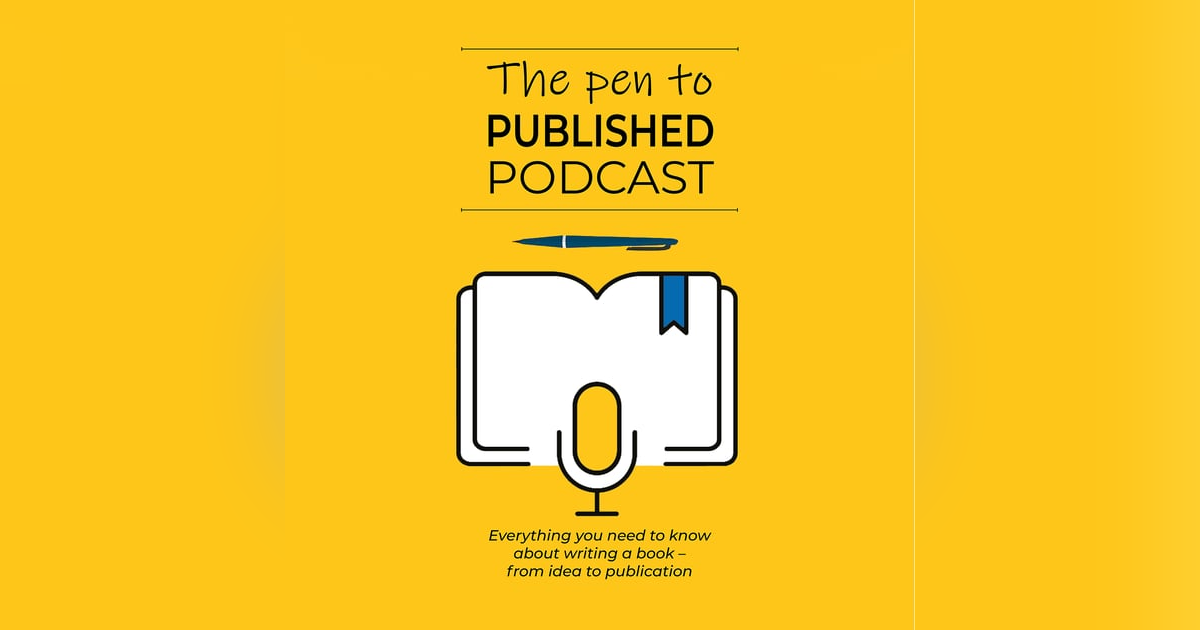The Pen to Published Podcast

SERIES 2 EPISODE 3: PROOFREADING MATTERS After the editing of a book comes the all-important proofreading. The two Alexas explain what proofreading involves and why it's a vital stage in the production of a polished publication.
SERIES 2 EPISODE 3: PROOFREADING MATTERS (Editing: the various levels Part 2)
After the editing of a book comes the all-important proofreading. The two Alexas explain what proofreading involves and why it's a vital stage in the production of a polished publication.
Books and notes featured in this episode
Ten self-proofreading tips to help you polish your writing:
- Read text out loud. When you hear what you’ve written, you’re more likely to pick up errors like word repetition.
- Change the font or size of your text so you see it with fresh eyes.
- Take your time. Read slowly and methodically. Read through more than once if you can.
- In Word, use the ‘show/hide’ button on your tool bar (looks a bit like a musical note). When you click on it, it will show all the spaces between lines and words in your typescript. The spaces between words appear as dots. You can then delete any that are unnecessary (extra dots).
- Don’t rely on spellcheckers. They won’t pick up correctly spelt words used incorrectly or in the wrong place.
- Look out for word repetition in consecutive sentences – even in the same paragraph – and, if necessary, substitute alternatives.
- If you do substitute words or phrases, always double-check that you haven’t introduced a mistake or another repetition.
- Split up and cut back overlong sentences for a smooth reading experience.
- Make changes from beginning to end of your book. For example, if you’ve chosen -ize spellings – realize, emphasize, with -ize rather than -ise – make sure you’re consistent across all the relevant words.
- If your book is divided into chapters with headings and you’ve provided a contents list, recheck your chapter headings against the contents to make sure they’re the same.
******************************************
Alexa (1) Tewkesbury
Twitter @AlexaTewkesbury
Find me on LinkedIn
Email admin@alexatewkesbury.com
Alexa (2) Whitten
Instagram @Alexa_Whitten_Authormaker
Find me on LinkedIn
Email alexa@thebookrefinery.com











